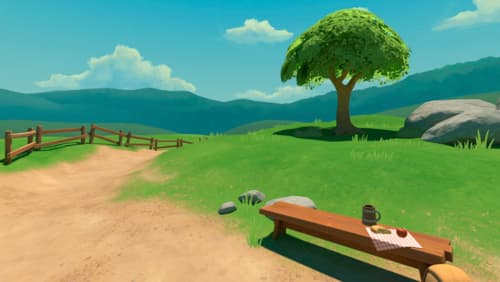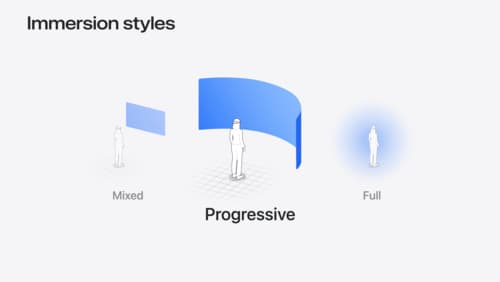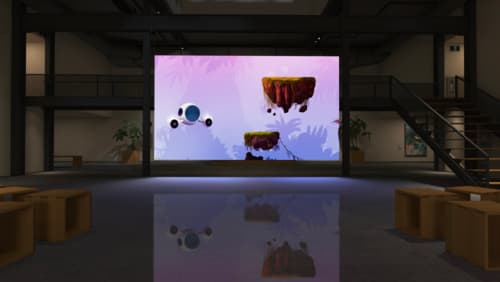What are best practices for creating an immersive environment in RealityComposerPro?
Asked on 2024-07-17
1 search
To create an immersive environment in RealityComposerPro, here are some best practices based on the sessions from WWDC:
-
Design Considerations:
- Purpose and Ambiance: Consider the function of your environment. Is it to create a warm, welcoming ambiance, help the viewer feel creative, calm, or relaxed, or to review work in optimal lighting conditions? (Create custom environments for your immersive apps in visionOS)
- Scale and Perception: Use human figures to give an accurate sense of size as you build out your environment. Be aware that perception of scale in a headset is different from what is viewed on a 2D screen. (Create custom environments for your immersive apps in visionOS)
-
3D Asset Optimization:
- Polygon Count: Keep your polygon count low, focusing on how many triangles can be seen at one time. (Optimize your 3D assets for spatial computing)
- Texture Memory: Make efficient use of your texture memory by packing your textures to save memory and taking advantage of compression. (Optimize your 3D assets for spatial computing)
- Materials and Shaders: Use unlit materials and baked textures whenever possible. Consider using the environment radiance node when unlit materials aren't enough. (Optimize your 3D assets for spatial computing)
-
Immersive Space Configuration:
- Creating Immersive Spaces: Start by creating the immersive space itself, which can be configured in the new project dialog in Xcode. Transplant all RealityKit content out of the volume and into the immersive space to enable seamless exploration. (Dive deep into volumes and immersive spaces)
- Coordinate Spaces: Use the named coordinate space introduced in VisionOS 1.1 called immersive space to precisely specify positions relative to the environment. (Dive deep into volumes and immersive spaces)
-
Enhancing Immersion:
- Sound and Reverb: Use the new reverb component in RealityComposerPro to match your custom environment, which increases immersion by simulating acoustics. (Enhance the immersion of media viewing in custom environments)
- Media Reflections and Docking: Define the ideal location for video playback using the custom docking component and use media reflections to enhance the viewing experience. (Enhance the immersion of media viewing in custom environments)
By following these best practices, you can create a more immersive and optimized environment in RealityComposerPro for visionOS.

Optimize your 3D assets for spatial computing
Dive into an end-to-end workflow for optimized 3D asset creation. Discover best practices for optimizing meshes, materials, and textures in your digital content creation tool. Learn how to harness shader graph, baking, and material instances to enhance your 3D scene while optimizing performance. Take advantage of native tools to work more effectively with your assets and improve your app’s performance.

Dive deep into volumes and immersive spaces
Discover powerful new ways to customize volumes and immersive spaces in visionOS. Learn to fine-tune how volumes resize and respond to people moving around them. Make volumes and immersive spaces interact through the power of coordinate conversions. Find out how to make your app react when people adjust immersion with the Digital Crown, and use a surrounding effect to dynamically customize the passthrough tint in your immersive space experience.

Enhance the immersion of media viewing in custom environments
Extend your media viewing experience using Reality Composer Pro components like Docking Region, Reverb, and Virtual Environment Probe. Find out how to further enhance immersion using Reflections, Tint Surroundings Effect, SharePlay, and the Immersive Environment Picker.
